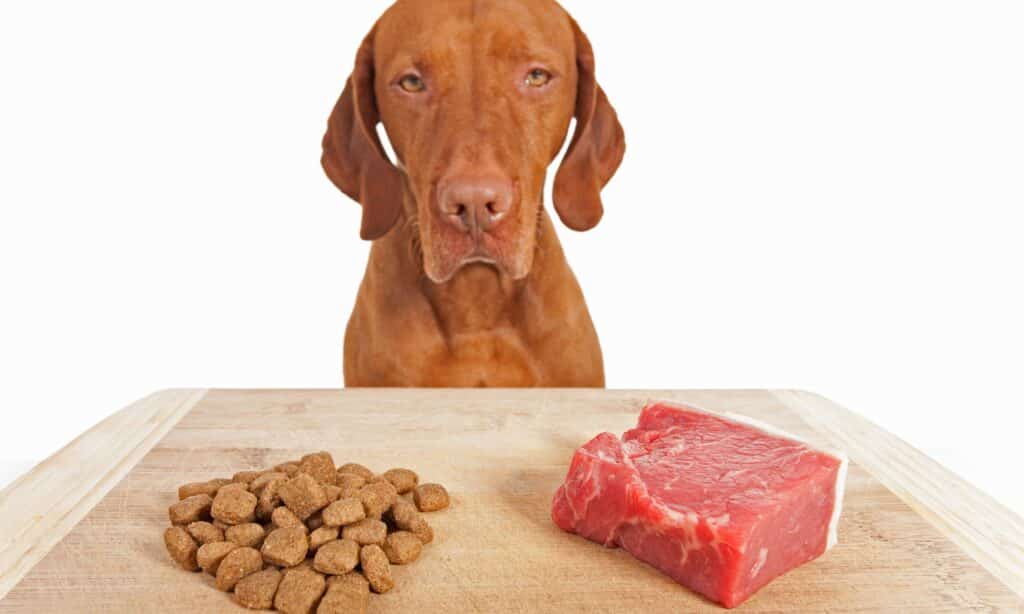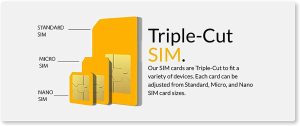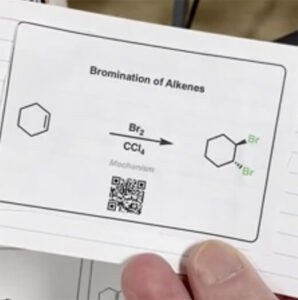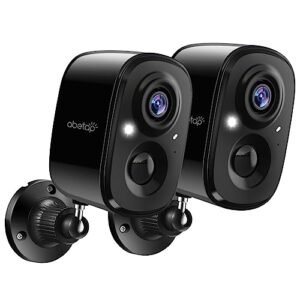Contents
If your beloved pup has recently undergone a tooth extraction procedure, you might be wondering what the best diet for them would be during their recovery. Look no further! Our article provides all the essential information you need to ensure your furry friend receives the optimal nutrition to promote healing and pain-free mealtimes. From soft and easily digestible options to specific nutrient requirements, we’ve got you covered on everything you need to know about feeding your dog after tooth extraction.
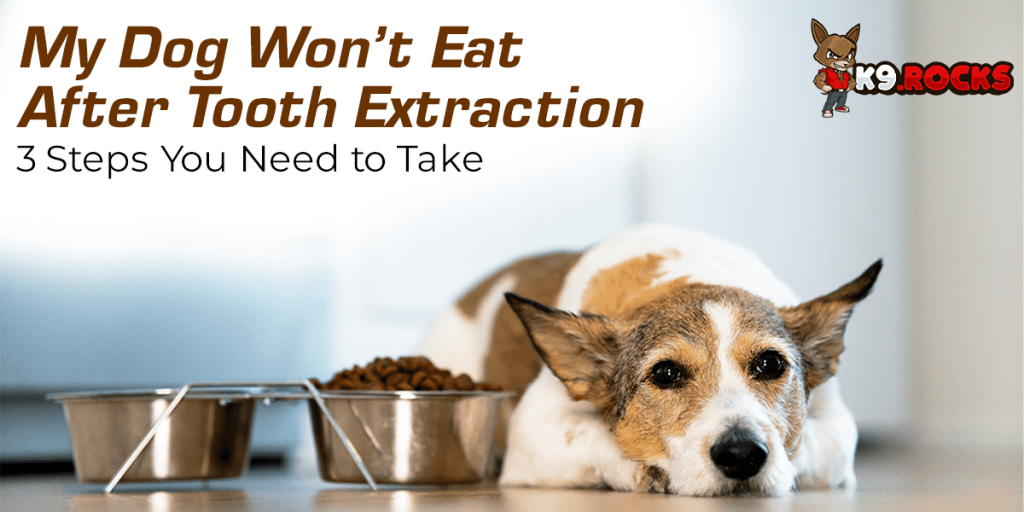
Choosing the Right Diet
When it comes to choosing the right diet for your dog, it is always best to consult with a veterinarian. They can provide you with valuable guidance and recommendations based on your dog’s specific needs. Your vet will consider factors such as your dog’s age, breed, size, and overall health condition to determine the most suitable diet.
Considerations for the dog’s health are crucial when deciding on a diet. If your dog has any underlying health issues such as diabetes, allergies, or a sensitive stomach, these factors will need to be taken into account. Your vet can advise you on the type of food that will help manage or alleviate these conditions.
One important aspect to consider is whether to feed your dog soft food or hard food. Soft food options can be easier for dogs to chew and digest, especially if they have recently undergone tooth extraction. However, some dogs may prefer the crunch of hard food, and it can also help promote dental health by reducing tartar buildup.
Evaluating your dog’s preferences is an essential part of the decision-making process. Some dogs have specific taste preferences and may show a preference for wet or dry food, meat-based or plant-based diets. Paying attention to what your dog enjoys can help ensure they have an enjoyable mealtime experience.
The Importance of Texture
Texture plays an important role in the overall eating experience for your dog. Soft food options can be particularly beneficial for dogs after a tooth extraction. There are various soft food options available for your furry friend, and you can choose the one that suits their preferences and dietary needs.
One option is to blend or mash regular dog food. This allows you to maintain consistency and provide a texture that is easier for your dog to chew and digest. Make sure to avoid adding any seasonings or ingredients that may be harmful to your dog.
Commercial soft diets specifically designed for dogs with dental issues are also available. These diets are formulated to provide the necessary nutrients while being gentle on the teeth and gums. They often come in moist or canned form, making it easier for your dog to consume.
Wet food varieties are another option to consider. These are usually higher in moisture content, which can help keep your dog hydrated. Additionally, wet food often has a softer texture that is easier for dogs to chew and swallow.
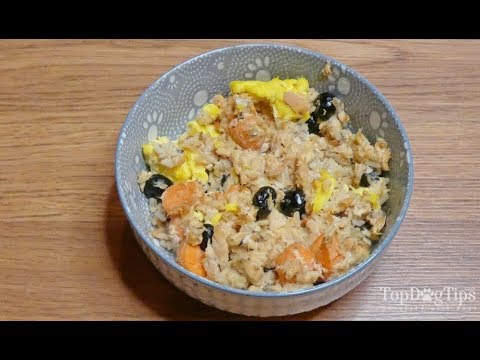
Nutritional Requirements
Ensuring that your dog has a balanced diet is essential for their overall health and well-being. A balanced diet consists of the right amounts of proteins, carbohydrates, fats, vitamins, and minerals. Let’s take a closer look at each of these components.
Protein intake is crucial for dogs as it provides the necessary building blocks for muscle growth and repair. High-quality sources of protein, such as lean meats and fish, should be a significant part of your dog’s diet. Consult with your veterinarian to determine the appropriate amount of protein for your dog based on their size, age, and activity level.
Vitamins and minerals are essential for maintaining a dog’s immune system, promoting healthy skin and coat, and supporting overall body functions. A balanced diet should include a variety of fruits and vegetables to provide these essential nutrients. Consult your vet to ensure that your dog is getting the right vitamins and minerals in their diet.
Avoiding empty calories is also important. Treats and snacks should be limited and chosen wisely. Opt for healthy, low-calorie options instead of those high in sugars and fats. These empty calories can contribute to weight gain and other health issues in dogs.
Home Cooked Diets
If you prefer to prepare your dog’s meals at home, it is crucial to ensure that the diet provides all the necessary nutrients in the proper ratios. Proper nutrient ratios help to maintain your dog’s health and prevent any deficiencies.
When cooking for your dog, it is important to use appropriate cooking techniques. Avoid adding excessive oil, salt, or spices that may upset your dog’s stomach. Boiling or steaming ingredients is a healthy way to cook, as it helps retain the nutrients in the food.
Recommended ingredients for home-cooked diets typically include lean meats, such as chicken or turkey, alongside vegetables like carrots and green beans. It’s important to provide a variety of ingredients to ensure a well-rounded diet. Consult with your vet or a veterinary nutritionist to ensure that you are meeting your dog’s nutritional needs.
Home-cooked diets come with potential risks and precautions, so it’s essential to be educated about proper food handling, storage, and potential foodborne illnesses. Raw diets, in particular, carry a higher risk of bacterial contamination, so if you choose to feed your dog a raw diet, make sure to follow appropriate hygiene practices.
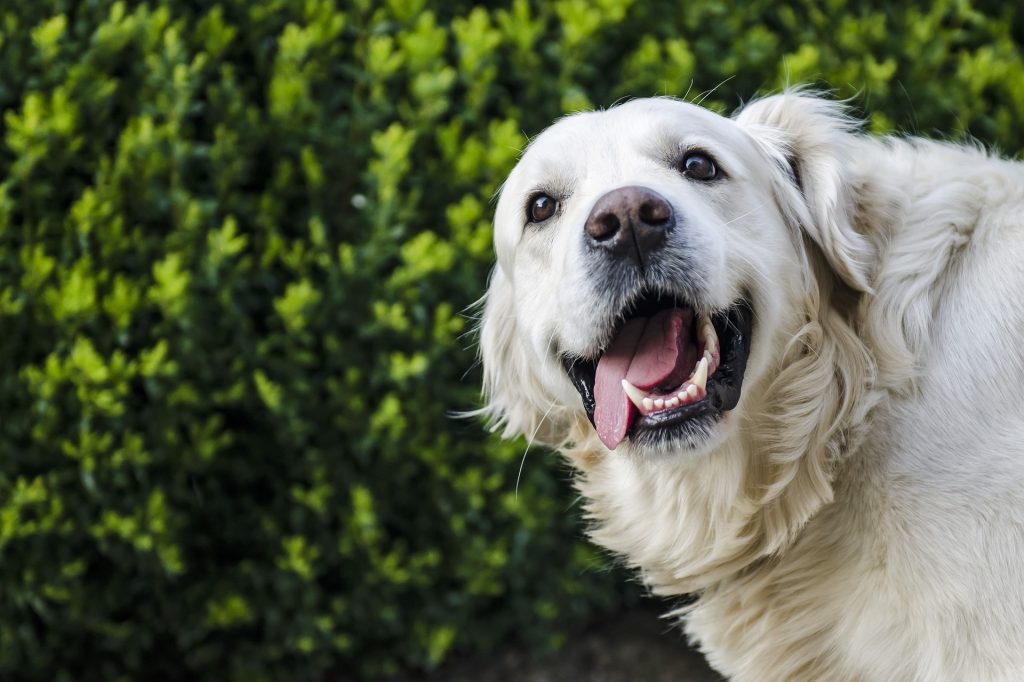
Commercial Dog Foods
Commercial dog foods offer convenience and a wide range of options. However, it is crucial to select the right brand and type of food for your dog. Not all commercial dog foods are created equal, and it’s important to read labels and understand what you’re feeding your furry friend.
When selecting a commercial dog food, look for reputable brands with a long history of producing quality products. These brands often prioritize the health and well-being of dogs and ensure that their products meet high standards.
Reading labels is essential in understanding the ingredients and nutritional value of a commercial dog food. Look for ingredients such as high-quality proteins, whole grains, and fruits and vegetables. Try to avoid foods with excessive fillers, artificial additives, and preservatives.
Grain-free options have gained popularity in recent years, but it’s important to note that grains can be a healthy and beneficial part of a dog’s diet. Consult with your vet to determine if a grain-free diet is necessary for your dog.
For dogs with sensitive stomachs, there are specific formulas available that are designed to be easily digestible and gentler on the digestive system. These formulas can help alleviate symptoms such as vomiting, diarrhea, and gas.
Supplementary Feeding
Supplements can be a helpful addition to your dog’s diet, but it’s important to consult with your vet before adding any supplements. They can help determine if your dog has any specific nutritional deficiencies that need to be addressed.
Effective dental chews can help promote oral health by reducing plaque and tartar buildup. Look for dental chews that are specifically designed to be safe and effective for dogs. Avoid chews that are too hard and could potentially damage your dog’s teeth.
Natural rawhide or bones can also provide entertainment and dental benefits for dogs. However, it’s important to choose appropriate sizes and monitor your dog while they chew to prevent choking or injury. Rawhide or bones should be given under supervision and should be taken away once they become small enough to swallow.
Avoid feeding your dog hazardous treats such as chocolate, grapes, raisins, onions, and certain nuts, as these can be toxic to dogs. Always ensure that any treats or snacks you give your dog are safe and suitable for their consumption.
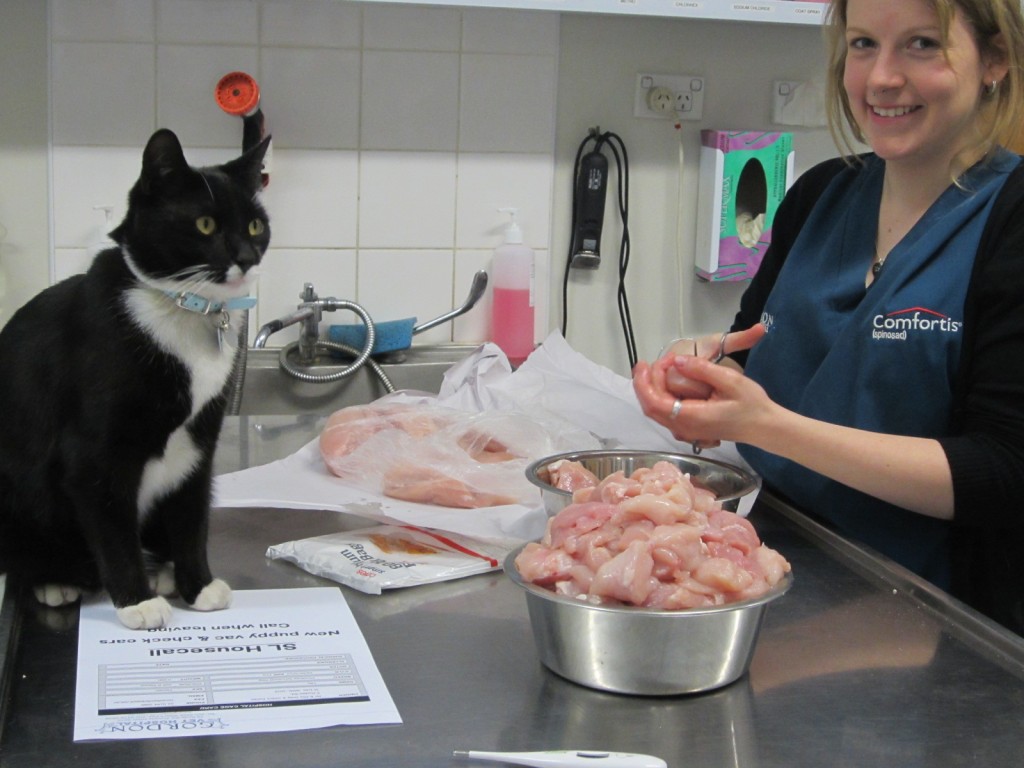
Meal Frequency and Portion Control
Feeding your dog smaller and frequent meals can help prevent any discomfort or digestive issues, especially after tooth extraction. This approach allows your dog to consume their food more easily and reduces the strain on their healing gums.
Maintaining proper weight is important for your dog’s overall health. Obesity can lead to numerous health issues, including joint problems, heart disease, and diabetes. Consult with your vet to determine the appropriate portion sizes based on your dog’s size, age, and activity level.
Monitoring your dog’s eating behaviors is essential to ensure that they are eating the right amount. Look for signs of overeating or undereating, and make any necessary adjustments to their portion sizes accordingly. If you notice any significant changes in appetite or eating patterns, consult with your vet for further guidance.
Feeding Techniques
Different feeding techniques can help make mealtime a more enjoyable experience for your dog. Hand-feeding can provide an opportunity for bonding and can also be useful for dogs who have difficulty eating from a regular bowl. It allows you to control the pace at which your dog eats and can help prevent gulping.
Spoon-feeding is another option for dogs who may struggle with chewing or swallowing larger pieces of food. It allows you to provide smaller bites that are easier for your dog to handle.
Using elevated bowls can be beneficial for dogs with joint issues or older dogs who may have trouble reaching their food. It helps promote better posture during mealtime and reduces strain on their neck and back.
Monitoring your dog’s water intake is equally important. Ensure that your dog always has access to fresh, clean water, especially during mealtime. Proper hydration helps with digestion and overall health.
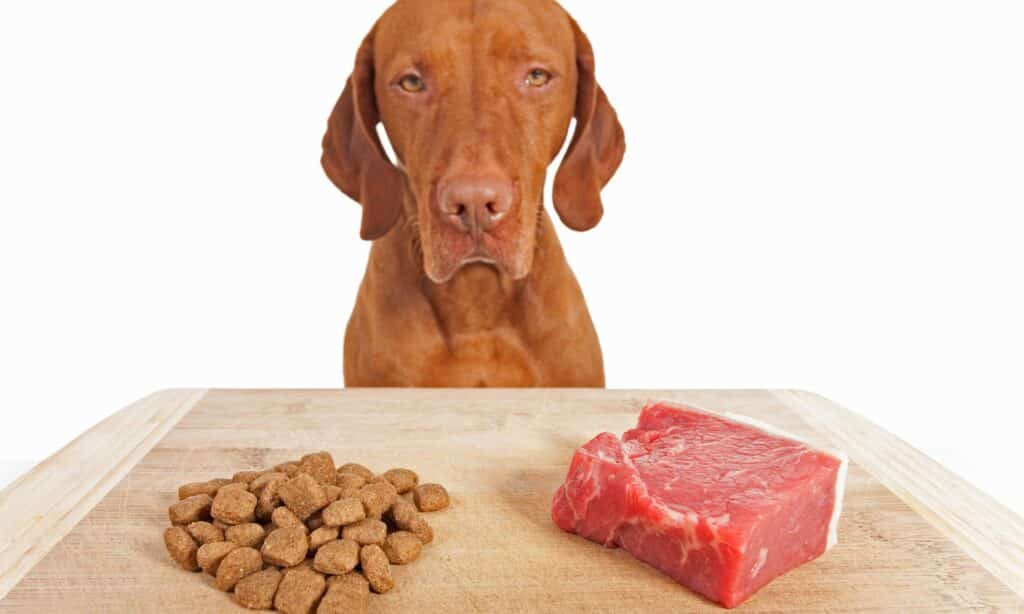
Hydration
Hydration is crucial for dogs as it supports their body functions and helps regulate body temperature. Encouraging your dog to drink an adequate amount of water is essential.
You can encourage water consumption by placing multiple water bowls around your house, especially in areas where your dog spends most of their time. This makes it convenient for them to access water whenever they need it.
Placement of water bowls is also important. Avoid placing them near food bowls or in areas that are prone to contamination. Dogs prefer clean water and may drink more if it’s easily accessible and fresh.
Alternate hydration methods can be considered if your dog is not drinking enough water. Adding a small amount of low-sodium chicken broth or water to their food can help increase their water intake. However, it’s important to ensure that the added liquid doesn’t alter the nutritional balance of their diet.
Post-Surgery Care
After tooth extraction, it’s essential to provide appropriate post-surgery care for your dog. This includes managing any pain or discomfort they may experience, avoiding irritants, scheduling regular post-op checkups, and gradually transitioning them back to their normal diet.
Pain management is crucial to ensure your dog’s comfort during the recovery period. Your vet may prescribe pain medication or recommend over-the-counter pain relief options that are safe for dogs. Follow their instructions carefully to provide the necessary pain relief.
Avoiding irritants is important to prevent any complications or delays in the healing process. Refrain from giving your dog any hard or chewy treats that may cause irritation or damage to the surgical site. Stick to soft food options and follow your vet’s guidelines for post-surgery care.
Regular post-op checkups are necessary to monitor the healing progress and address any concerns or complications that may arise. Your vet will guide you on the recommended frequency of checkups based on your dog’s condition.
Slowly transitioning your dog back to their normal diet is essential to prevent any digestive upset. Gradually introduce regular food by mixing small amounts with their soft food and gradually increasing the proportion over time. Follow your vet’s advice for the appropriate transition timeline.
In conclusion, choosing the right diet for your dog involves careful consideration of their unique needs and preferences. Consult with a veterinarian to determine the best options for your dog’s health. Pay attention to texture, nutritional requirements, and proper feeding techniques to ensure their well-being. Whether you choose home-cooked diets, commercial dog foods, or supplementary feeding, always prioritize your dog’s health and happiness.

